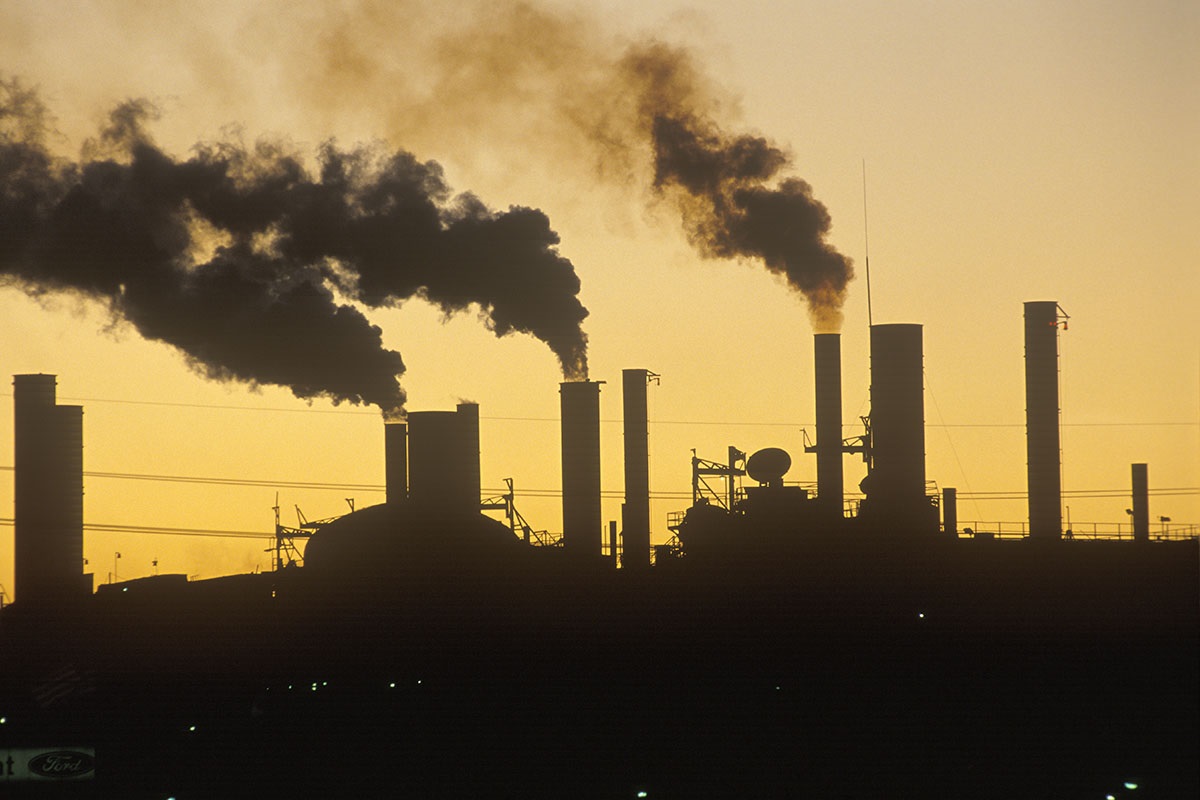In October 2015 the Environmental Protection Agency (EPA) announced new rules to cut ozone in the ambient air to 70 parts per billion (ppb) from the currently mandated 75 ppb. Despite an attempt by the House of Representatives to block the rules, and in the face of several ongoing legal challenges, the EPA is now writing the regulations that will implement the new standards.
A study by Vernon Henderson (1996) documents one such analysis. During the early decades of EPA’s ozone rules, the agency focused on peak levels of ozone—measured by one-hour concentrations. The regulations did reduce the number of areas with high peak concentrations by about 15 percent—a success, it would seem. Yet there were also fewer areas with very low peak readings; instead of cutting ozone across the board, the rules led to peak readings that tended to cluster just below the federal standard. The distribution of peak and average ozone concentrations thus became more compact: fewer highs, but also fewer lows.
What is more striking is that the rules did not reduce average—and thus total—concentrations of ozone across the country. Indeed, Henderson found that overall ozone exposure rose by about 10 percent. Cuts in peak emissions in some areas were more than offset by higher off-peak emissions in those areas and by rising overall emissions throughout the nation.
How could this happen? There were two mechanisms, neither of which the EPA seemed to contemplate beforehand. First, the timing of economic activity over the day changed. To comply with the rules, businesses shifted their activities from peak ozone times to off-peak times. Moreover, some businesses shifted operations from high ozone areas to locales with lower initial levels, areas where there was still room to increase pollutants without hitting the EPA’s peak standard. These two responses—presumably unintended consequences of the EPA standard—reduced peak exposure but on balance raised total ozone exposure. Eventually, the EPA decided that one-hour peak exposures were not the correct target for its rules, so in 1997 it began regulating the pollutant based on average eight-hour exposures.
Cuts in peak emissions in some areas were more than offset by higher off-peak emissions in those areas and by rising overall emissions throughout the nation.
More recent ozone rules have also failed to deliver their intended results. The gasoline we burn in our cars is a major source of volatile organic compounds (VOCs), which are an important contributor to ozone. Thus, a key part of the EPA’s post-1997 ozone strategy has focused on this fuel. Specifically, the agency began requiring oil companies to reformulate gasoline so that it would generate fewer VOCs. A recent study by Maximilian Auffhammer and Ryan Kellogg (2011), however, finds no evidence that this effort has resulted in meaningful ozone reductions.
Sadly, these costs and disruptions have come without the benefits promised by the EPA. The agency’s rules limit the total evaporation of VOCs from gasoline—but without regard to which particular VOCs are most important in the creation of ozone. Under the rules, refiners are free to choose which VOCs to remove from their gasoline. It turns out that it is cheapest to reduce a type of VOC that is only weakly related to ozone formation, so this is the one that refiners cut. As Auffhammer and Kellogg demonstrate, the result is that the EPA’s rules have essentially no effect in reducing the ozone that we breathe.
Many people complain that government agencies let us down because bureaucratic inertia results in inaction. In the case of the EPA, however, the ozone rules suggest a greater problem: the inability of the agency to deliver action that makes our lives better.




